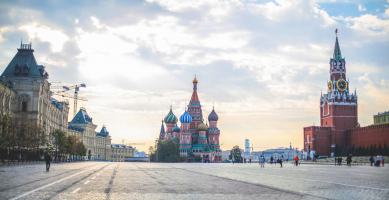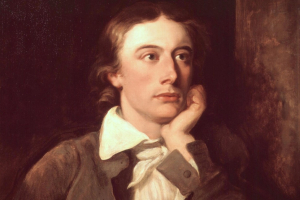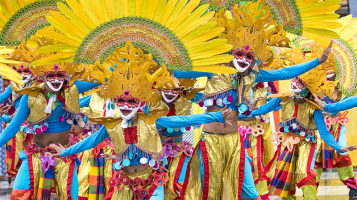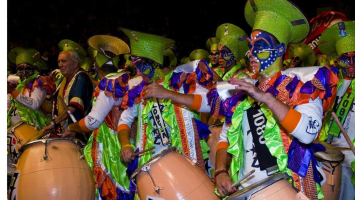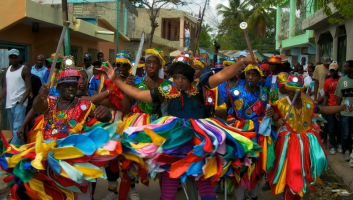Top 10 Most Famous Poems In English Literature
It's possible that the earliest extant English poetry was written in the seventh century. It is written in Anglo-Saxon, often known as Old English, which was ... read more...the ancestor of contemporary English. The 3182-line epic Beowulf, written by an unknown author, is the highest work of poetry in Old English literature. Anglo-Saxon writing quickly declined after the Norman conquest of England in the 11th century, and it wasn't until the 14th century that great works of English literature started to reappear. When French and Latin were the two main literary languages in England at the time, the poet Geoffrey Chaucer (1343–1400) is credited with establishing the legitimacy of the use of the Middle English vernacular in literature. With the discovery of the New World and the rise of Great Britain as an international superpower, English spread to other parts of the world. Hence, many of the best known English poems are written by authors who don’t belong to England. Here are the 10 most famous English poems of all time.
-
African American author Maya Angelou is best known for her poetry and seven autobiographies. She was a prolific poet who wrote poetry on a wide range of subjects, including racism, prejudice against women, music, love, and sorrow. Black women's response to society's perceptions is expressed in this poem. Black women are "de mule uh de globe," or "the mule of the world," to paraphrase another black author, Zora Neale Hurston, who said it in "Their Eyes Were Watching God." Despite the extreme brutality and disrespect they endure, black women like Hurston, Angelou, and others continue to fight against injustice. It is a resolute declaration of tenacity and assurance.
The poem is divided into quatrains, which are four-line stanzas, however the regularity of the form is abandoned after the seventh line. The poet's freedom is shown by the eighth and ninth stanzas' respective lengths of six and nine lines. I rise is repeated often as a statement of liberation. The ABCB rhyme scheme is dropped, resulting in the ABABCC rhyme scheme in verse 8 and the ABABCCBBB rhyme scheme in stanza 9. In the final two stanzas, she also dispenses with the conventional metrical beat. The poet has complete discretion.
The poet addresses the reader or listener as "you" in the first person singular. The language is informal with lyrical snatches, and the tone is strong and confrontational. The poem is comparable to the lyrics of the Peggy Lee song "I'm a Woman" in its defiance and assertion of authority. Lee confronts the conventional source of power—white men—despite the fact that she is white and limits her declaration of strength to a woman's domain—her house, her sex life, and motherhood. She is not the small, helpless woman who conforms to male stereotypes. At the conclusion, she adds a subtle insult: "I can make a dress out of a feed bag, and I can make a man out of you!" In its time her attitude was revolutionary, as is Angelou’s.
Poet: Maya Angelou
Published: 1978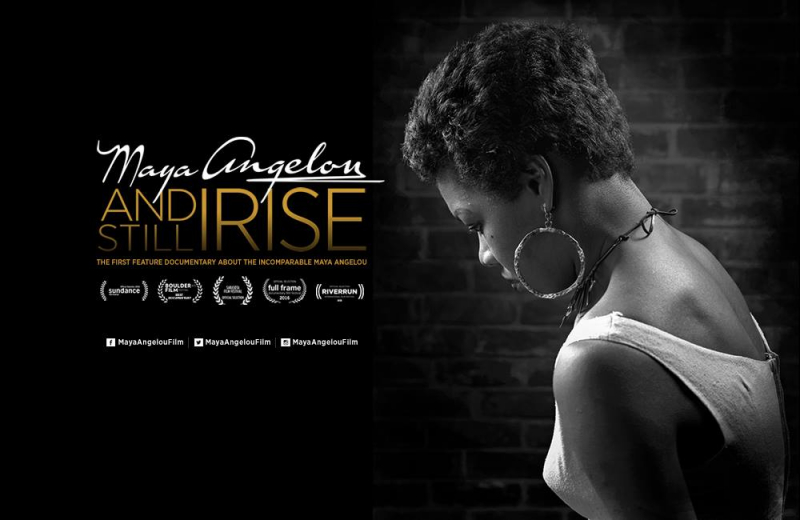
Source: bamstudios.com 
Source: KNKX -
"Jabberwocky" by Lewis Carroll is a brilliant nonsense poem. It tells the story of one person’s quest to slay the Jabberwock and the incredible creatures they meet along the way. The poem "Jabberwocky" has seven stanzas and is composed of quatrains, which are groups of four lines. The rhyme system, which consistently repeats the pattern ABAB CDCD while modifying the end sounds as Carroll deemed appropriate, gives it structure. The straightforward and reliable rhyme pattern stands out in stark contrast to the poem's text's elaborate and outlandish words and visuals. The meter is also not too complicated. In iambic tetrameter, the majority of the lines are written. This indicates that there are four sets of two beats in each line. Both of these are under stress, yet only the first is.
The speaker describes a scene in the opening lines of the poem using weird and unfamiliar terms. "Toves," "borogoves," and "raths" exist. These things generate a variety of noises and travel through the landscape in various ways. They exist in an universe that is entirely distinct from our own. The tale is interrupted by a speaker telling his kid to watch out for the "Jabberwock" in the following words. It is equipped with "claws that capture" and "jaws that bite." The son is going in search of this animal. He has his "vorpal sword" ready, but it takes him a while to locate it. The Jabberwock eventually appears as he takes a rest.
Poet: Lewis Carroll
Published: 1871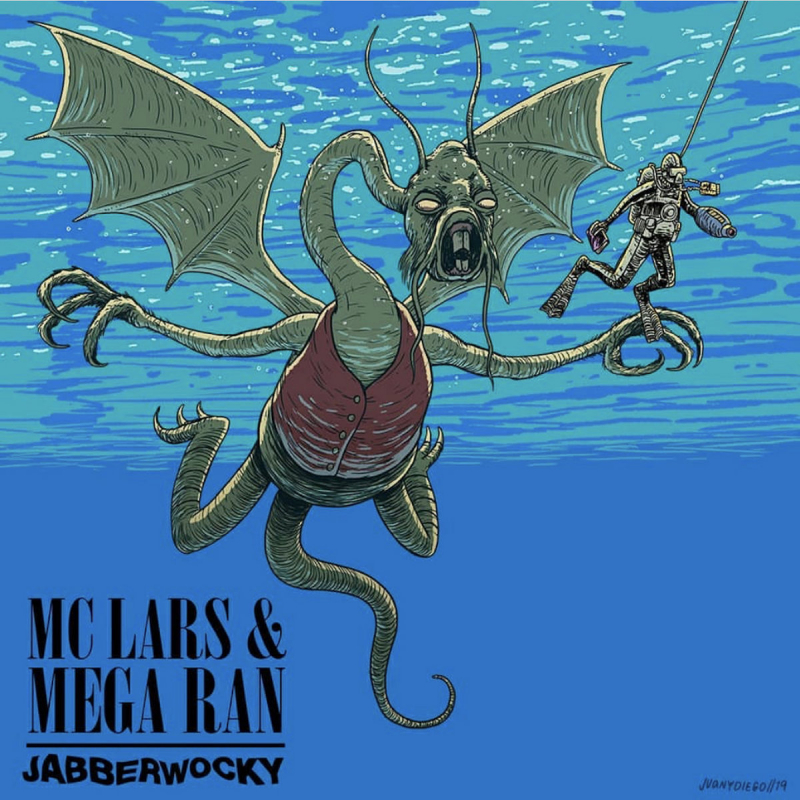
Source: megaranmusic.com 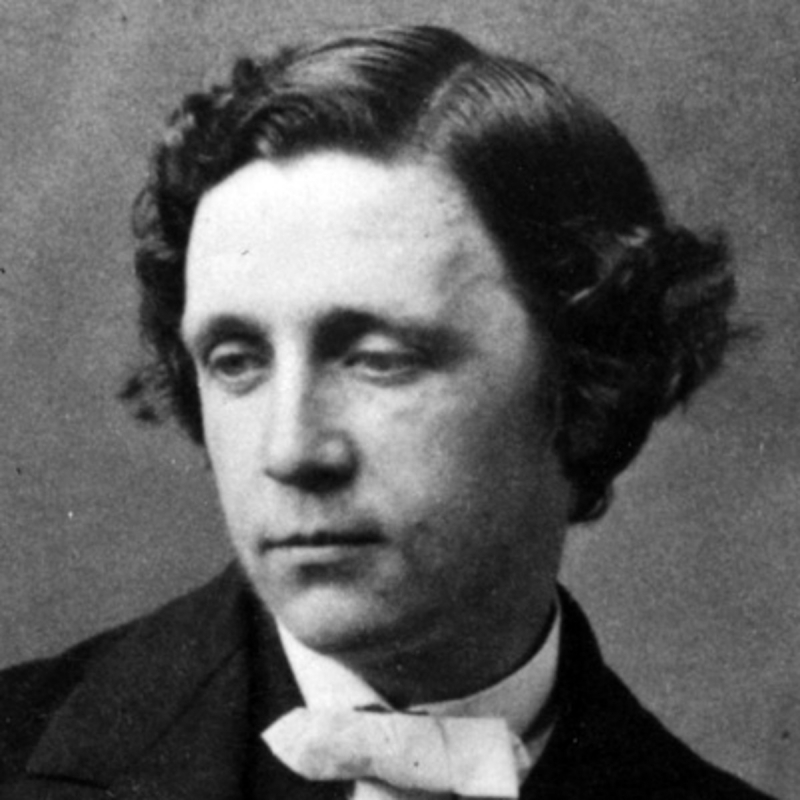
Source: BIO -
The Raven first published in the New York Evening Mirror in January 1845 and immediately gained widespread attention. It quickly became republished, mocked, and illustrated, and it helped Edgar Allan Poe become well-known. The poem narrates the tale of an unidentified lover who is visited by a talking raven while mourning the loss of his beloved Lenore. With its repeated use of the word "Nevermore," the raven adds to his agony and gradually drives him insane.
The first-person perspective is used in this well-known narrative poetry. The poem's symbolism support a melodramatic mood that accentuates the main character's anguish and loss, and "The Raven" personifies the experience of tremendous sadness and loss. The emotional battles that people in all walks of life engage in are explored in "The Raven," particularly the struggle to regulate the emotions of loss and sadness, which is a battle that cannot be ignored. Even while these confrontations are not physical, they still cause damage and scarring. Poe has created a fantastic piece of work that speaks to each person who encounters this poem and their thoughts and experiences.
At order to underline the enigmatic banging that occurs in the speaker's home in the middle of a chilly December evening, the poet employs repetition throughout the entire poem. The speaker makes an effort to dismiss it and persuade himself that no one is present. Eventually, though, he opens the door and peers into the shadows, wondering if his beloved Lenore could be coming back to him. A raven flies inside his room even though no one is around. It exclusively uses the word "Nevermore" when speaking to him. This is its answer to each and every question the speaker poses. The speaker finally comes to the conclusion that angels are to blame for the air's increased density and wonders whether they are there to help him feel less agony. The bird answers “Nevermore” and it appears the speaker is going to live forever in the shadow of the bust of Pallas above his door.
Poet: Edgar Allan Poe
Published: 1845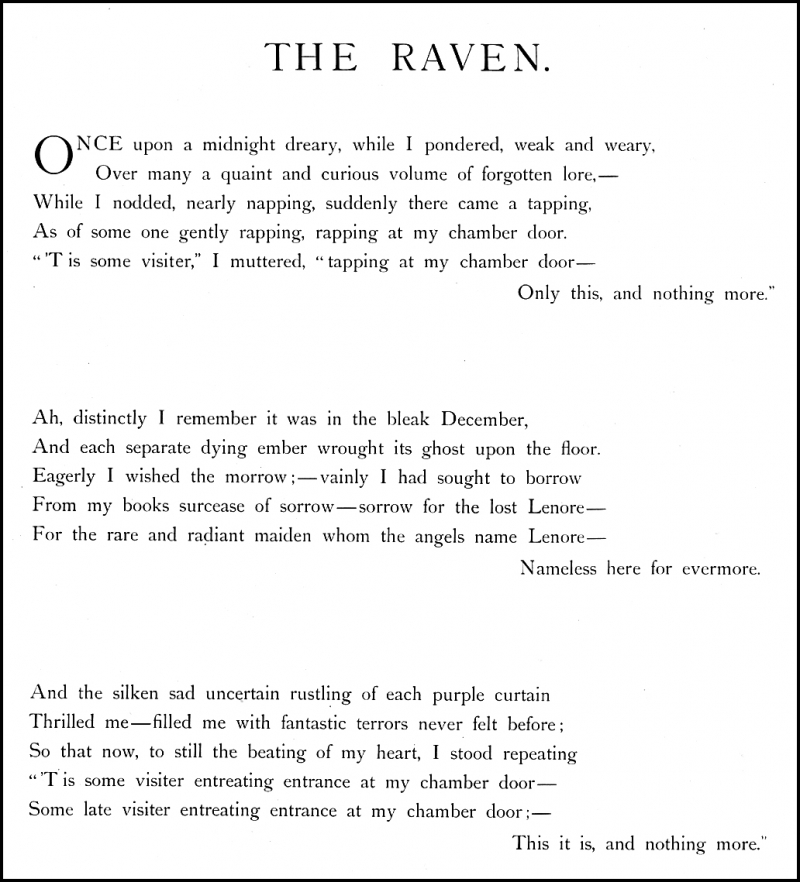
Source: null-entropy.com 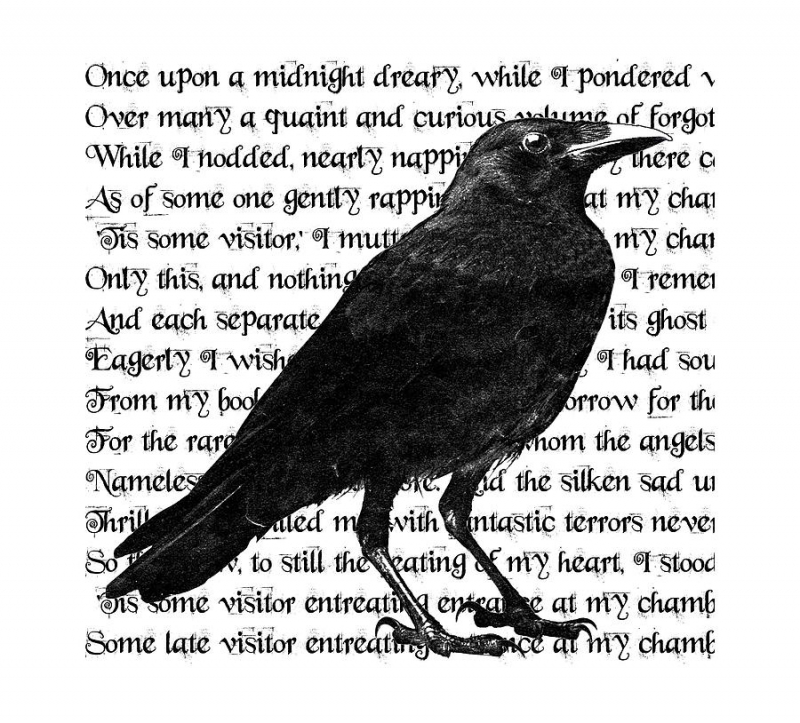
Source: Fine Art America -
One of the most well-known playwrights and poets of the sixteenth century was William Shakespeare. He produced numerous well-known plays and sonnets. One of his most lovely poems is "Shall I compare thee to a summer's day?" "Sonnet 18" is another name for this sonnet. It was written in the 1590s and included in his sonnet collection, which was published in 1609. There are 154 sonnets in total in this book. These sonnets typically have themes of love, beauty, time, jealousy, mortality, and infidelity.
It is thought that these sonnets are addressed to two different people. These sonnets are split into two sections as a result. The first 126 sonnets make up the first section. These sonnets are directed at a cherished man who is a man. While the rest of the sonnets discuss more broad issues like mortality, the importance of poetry, and achieving immortality, some of them directly convince the guy to get married. The following section is made up of twenty-eight sonnets. These sonnets are addressed to an unidentified woman. Typically, the lady is referred to as "the dark lady." The topics of greed, gluttony, and sexual cravings are all addressed in these sonnets.
This sonnet is thought to be addressed to the beloved male because it is from the first section of the sonnet collection. This context makes it clear that the speaker is complimenting a guy's appearance and likening it to the enjoyable qualities of summer. The speaker tells him that while summer beauty has certain drawbacks, he has faultless beauty. Furthermore, everything that is beautiful—aside from the speaker's beloved—is destined to disappear. He intends to immortalize his beauty by portraying it in his poems, which is the cause. As the number of this sonnet is eighteenth, it is clear that it discusses the themes of mortality, the value of poetry, and the attainment of immortality. The speaker reflects on how every worldly entity is mortal. However, he is going to use his poetry against this enemy and win immortality for his beloved by canonizing him in his poetry.
Poet: William Shakespeare
Published: 1609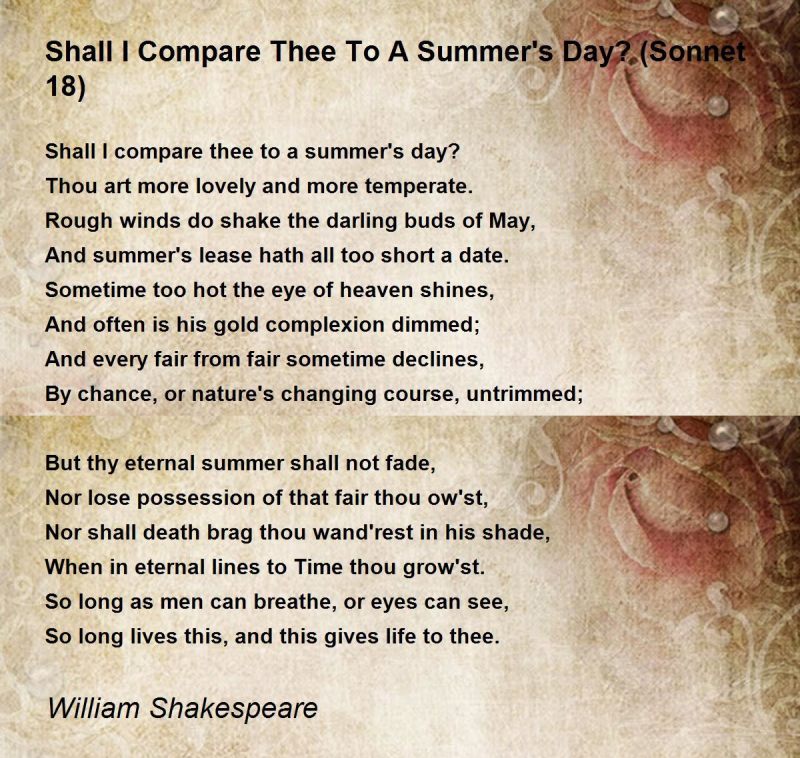
Source: quotesgram.com 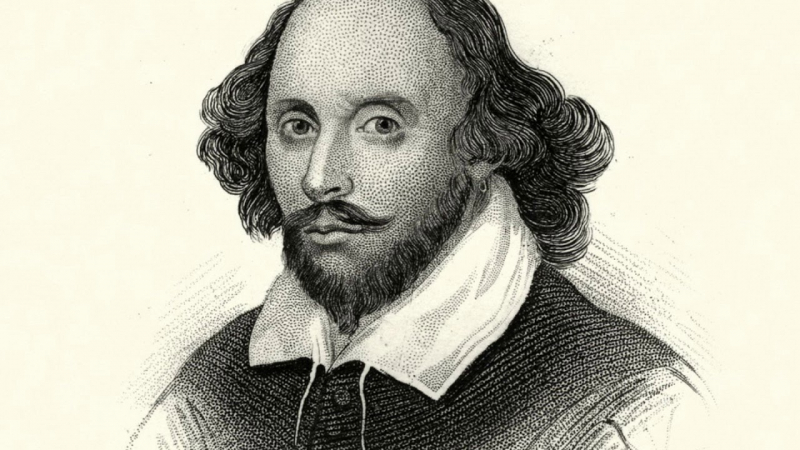
-
William Blake is regarded as one of the greatest British artists and a key player in the history of poetry. Songs of Innocence and of Experience, his best-known poem, is regarded as one of the greatest literary achievements of the Romantic period. Blake's Songs of Experience contain the poem The Tyger. It acts as a counterpoint to The Lamb, a poem he wrote for Songs of Innocence. In The Tyger, the speaker discusses creation and wonders who could have created a creature as fearsome as the tiger. The speaker discusses the tiger's menacing qualities and asks, "Did he who made the Lamb make thee?" before concluding the poem with the same query. “What immortal hand or eye, Could frame thy fearful symmetry?”. The Tyger, with its strikingly powerful words, serves as a counter to the innocence and tenderness of The Lamb. It is one of the most analysed poems and Cambridge calls it the “the most anthologized poem in English”. The Tyger is not only the most famous work of William Blake but also one of the best known poems of all time.
This poem considers a query brought up by the notion of intelligent creation. The question is: If there is a loving, compassionate God or gods, as many major religions contend, who created humans and whose immense powers are beyond human knowledge, why would such a powerful entity permit evil to exist in the world? A tiger that might have jumped out and murdered you in the 1700s if you were out for a stroll in the Indian or African wild is used here to symbolize evil. What could have spawned such a terrible and dangerous being? How is it possible that Jesus, also known as the "Lamb of God," was forged by the same almighty blacksmith who fashioned a lovely, innocent, fluffy lamb? (which the devoutly Christian Blake was probably also referring to here).
Poet: William Blake
Published: 1794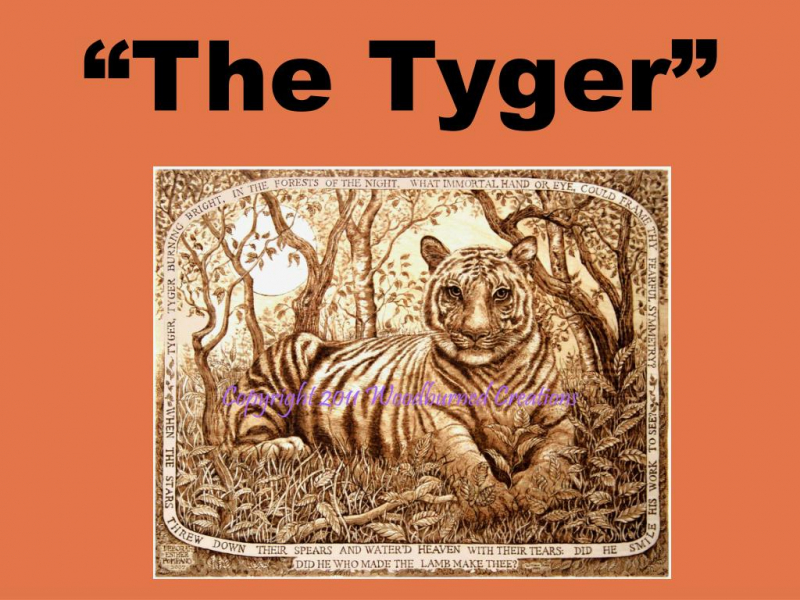
Source: SlideServe 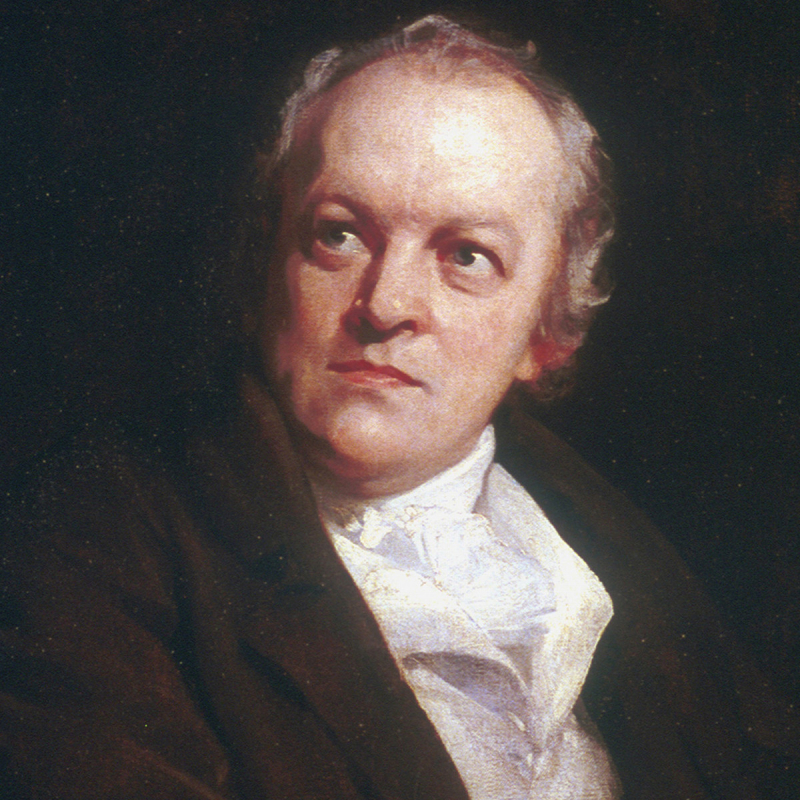
Source: BIO -
Romantic poet William Wordsworth lived from 1770 to 1850. He often based his poetry on the natural environment and used vivid images. Like other romantic poets, he tends to write poetry that is subjective. He lived throughout the French Revolution, which he initially backed but subsequently came to oppose. Some academics contend that Wordsworth's connection with his sister Dorothy was anything than pure love. However, Wordsworth did get married and moved in with his wife and sister. Wordsworth's closest buddy Samuel Coleridge was a talented romantic poet. He was a modern poet who advanced his romantic outlook. They were both genuine nature enthusiasts and engaged participants in the Romanticism Movement.
William Wordsworth is the author of the lyric poem "I Wandered Lonely as a Cloud," sometimes referred to as Daffodils. It is one of his best contemporary lyric poems. William Wordsworth describes a moment in which he had the chance to see a valley that was covered in a prodigious amount of daffodils in the poem Daffodils. This lyric poem is divided into four stanzas, each with six lines. The poem's lines are all metered in iambic tetrameter. The poem adhered to the "ABABCC" rhyme pattern. Because he cherished nature, its beauty serves as the poem's primary focus. The readers found it to be very engaging due to the use of figurative language.
Poet: William Wordsworth
Published: 1807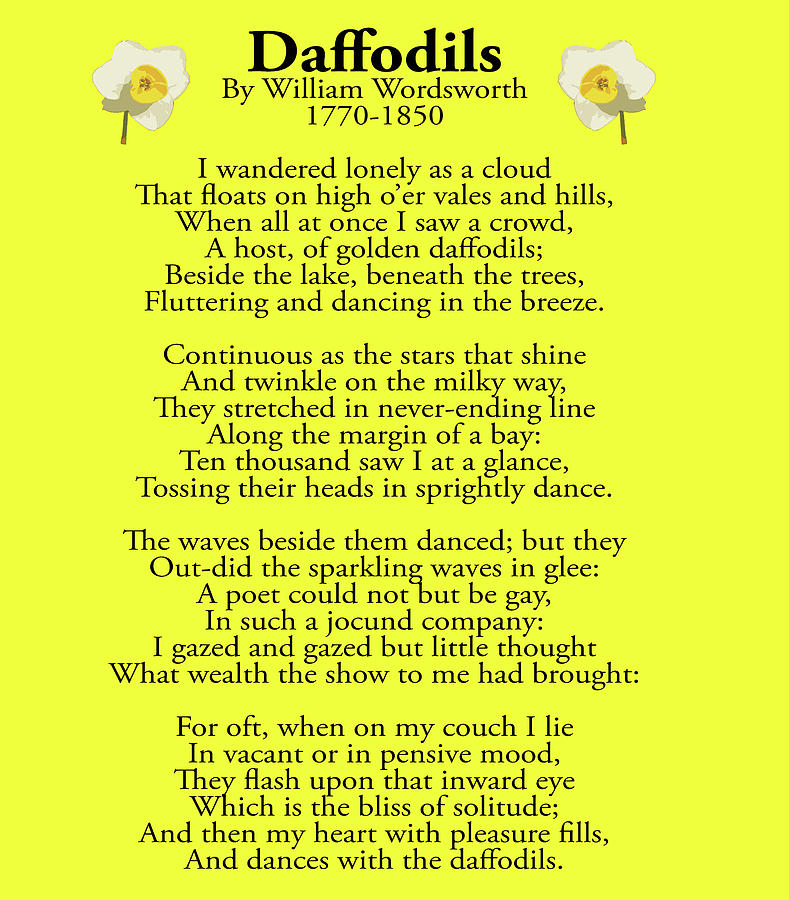
Source: Fine Art America 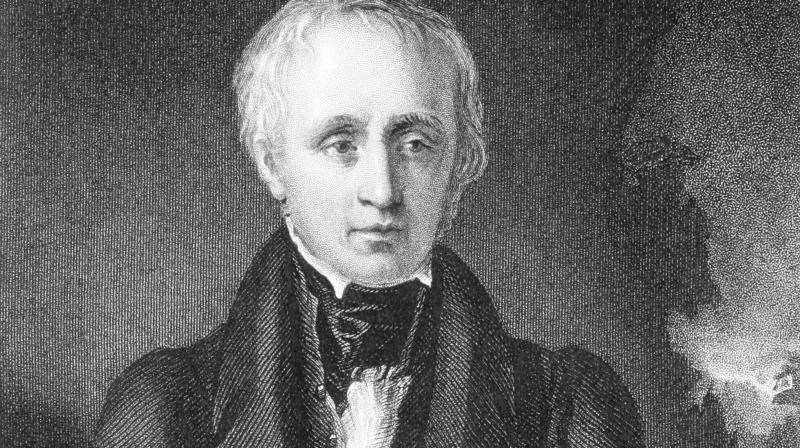
Source: Mental Floss -
The earliest historical version of the English language, Old English or Anglo-Saxon, is used to write Beowulf. The first European vernacular epic, Beowulf is a heroic poem and the pinnacle of Old English literature. Although the exact period of writing is unknown, some academics think that the text, which discusses events from the early sixth century, was composed in the eighth century.
The poem was originally nameless, but was eventually given the name Beowulf in honor of the Scandinavian hero, whose achievements and personality serve as its unifying motif. Although there is no proof that Beowulf existed in the past, some of the poem's characters, locations, and events can be historically confirmed. The poem wasn't published until 1815. It is preserved in a single manuscript known as the Beowulf manuscript (Cotton MS Vitellius A XV), which was written sometime around the year 1000.
Beowulf is split into two sections. It begins in Denmark, where King Hrothgar has a magnificent mead hall known as Heorot, a gathering spot with lots of fun. Grendel, a terrifying monster that lives in a neighboring swamp, is enraged by the joyful commotion, nevertheless. The creature has been terrorizing Heorot for 12 years with nightly visits during which he kidnaps and eats the warriors of Hrothgar.
Poet: Unknown
Published: c. 1000 AD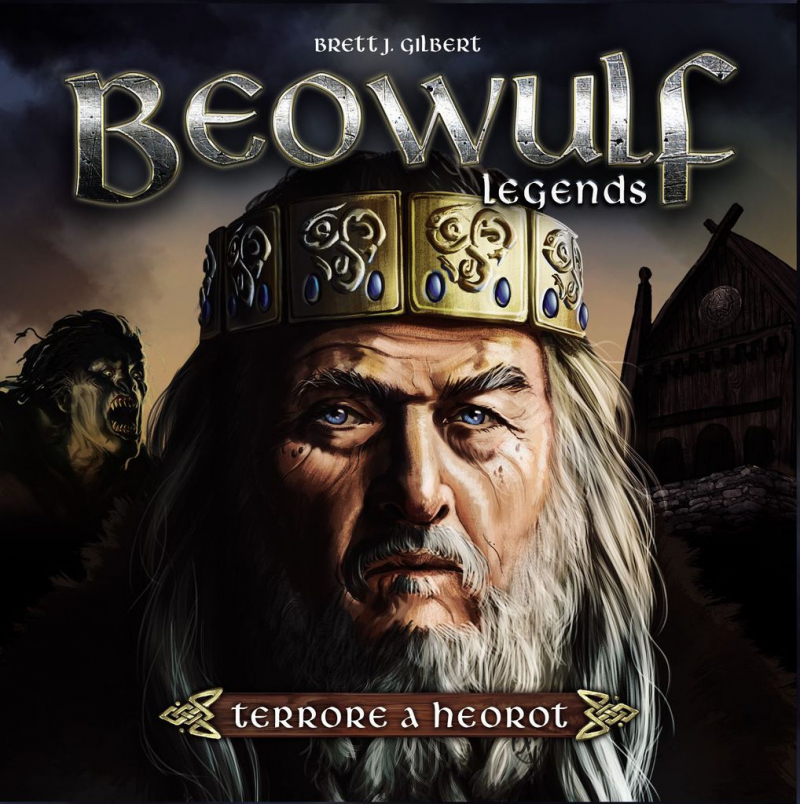
Source: Beasts of War 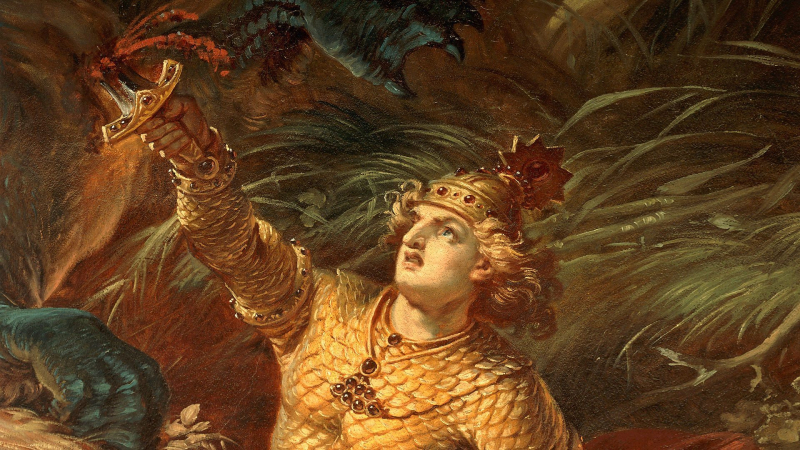
Source: freeessays.tv -
If—, by far Rudyard Kipling's most well-known poem, provides a number of scenarios and the perfect response one should have in each one. 'If—' is a motivational poem that offers suggestions for how people should spend their lives. The poem walks the reader through numerous strategies for overcoming challenges that are nearly certain to come their way at some point. 'If—' is regarded by many as one of the most motivational poems ever produced. It's safe to say that this poem has attracted a lot of attention in popular culture.
Near reality, any tennis enthusiast can undoubtedly confirm that a few of the words from "If—" are hung in the player's entrance at Wimbledon's Centre Court in England. "If you can meet with success and calamity and treat those two impostors just the same," the lines that are displayed read. While Kipling also authored poetry, novels, and articles, his 1894 collection of short stories The Jungle Book is the one for which he is most remembered. Kipling, a British author, was awarded the Nobel Prize in Literature in 1907.
The speaker offers the reader numerous scenarios, both good and bad, and a glimpse into how one should act throughout the poem. The poem's if-then scenario gives it an almost mathematical proof-like quality. Kipling leaves the “then” until the final two lines, revealing to the reader that if he or she is able to do all that was just mentioned, he or she will not only have the world at his or her fingertips, but he or she will also be a “Man.”
Poet: Rudyard Kipling
Published: 1910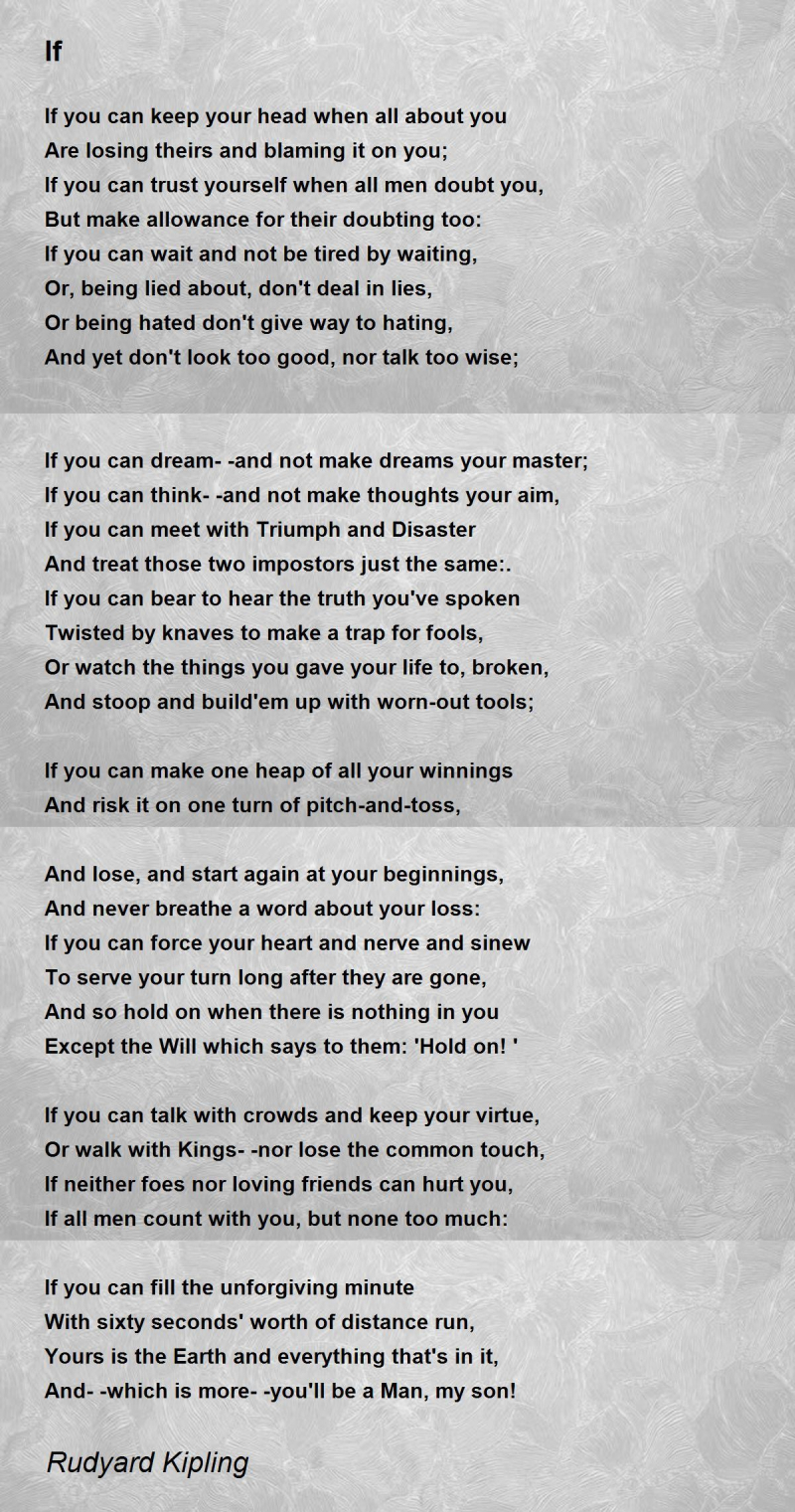
Source: PoemHunter 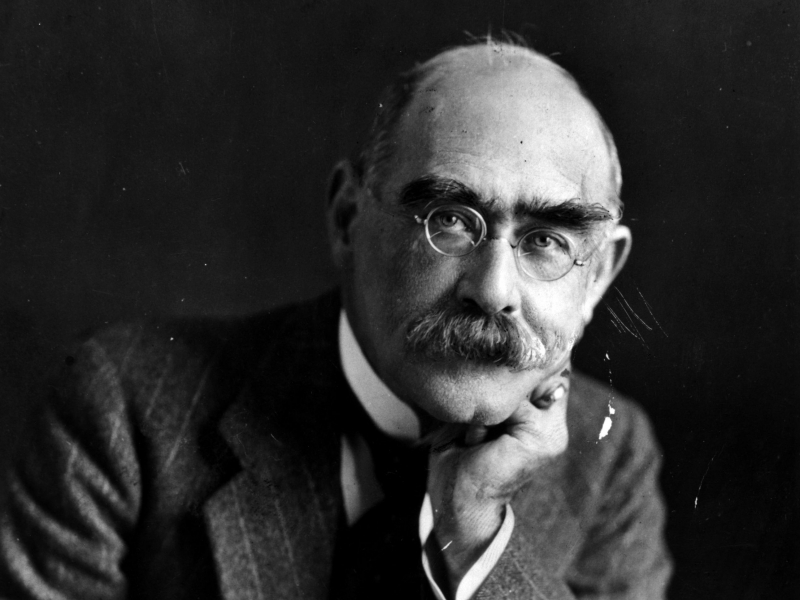
Source: North Country Public Radio -
John Milton's biggest work, Paradise Lost, is thought to be what made him famous as one of the greatest English poets of all time. The poem is set at the start of human history, according to Christians. It starts after the cosmos was created after Satan's failed uprising. The biblical account of the Fall of Man, which describes how Satan tempts Adam and Eve to eat the forbidden fruit and ultimately causes their banishment from the Garden of Eden, is the primary subject of Paradise Lost. The main topic of Milton's epic is Man's disobedience to God's will, which implies that not only Adam but all of humanity from the beginning has disobeyed God. Along with sin, the poem also frequently touches on fate, free will, pride, retribution, and treachery.
The most well-known epic poem in the English language, Paradise Lost is a work of art that has been extensively read and studied. The principal figures in the poem are God, Satan's representative Lucifer, Adam, and Eve. Many articles have been written regarding Milton's sinister but sympathetic portrayal of Satan. The Romantic writers William Blake and Percy Bysshe Shelley praised Satan's uprising against the rule of Heaven and considered him as the true protagonist of the poem. Paradise Lost served as an inspiration for numerous other pieces of art, including John Keats' lengthy poem Endymion and Joseph Haydn's oratorio The Creation (1798). In 1671, Milton published a companion work titled Paradise Regained, which dramatizes the temptation of Christ.
Poet: John Milton
Published: 1667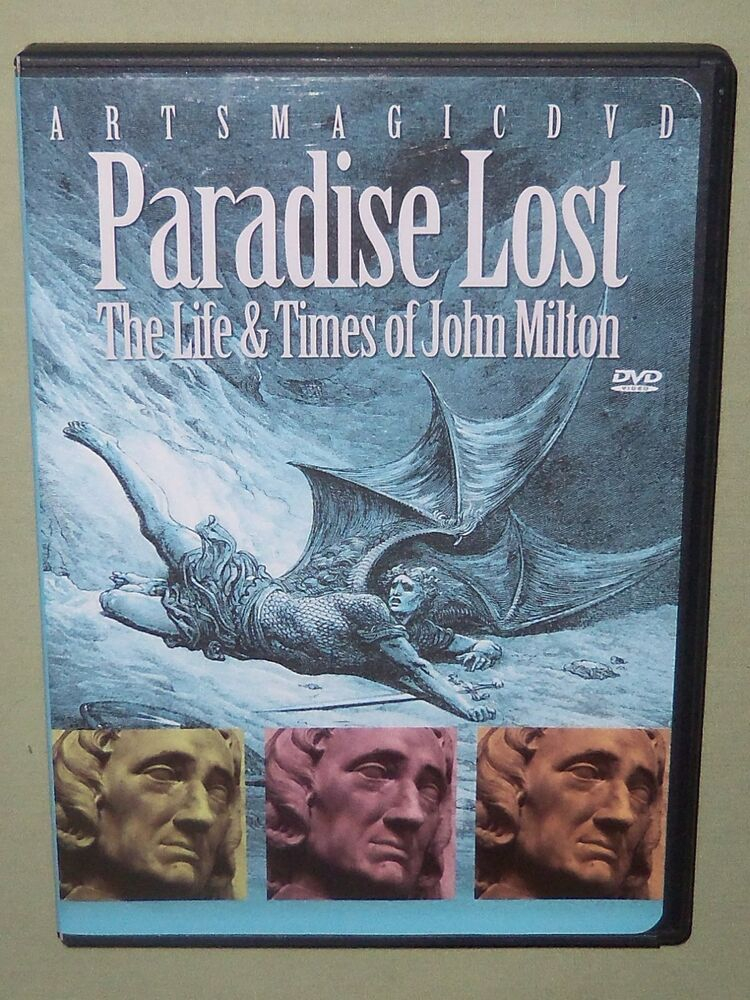
Source: eBay 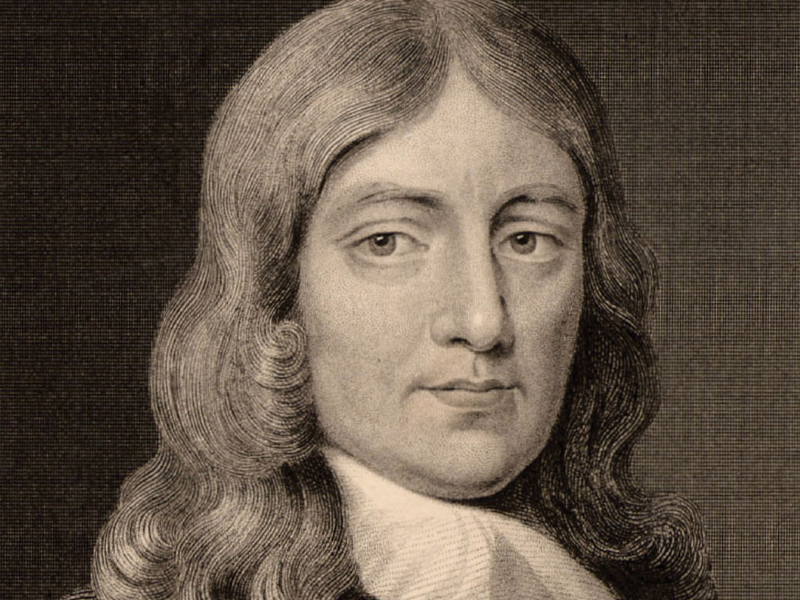
Source: michaelmilton.org -
The finest American poet of the 20th century is thought to have been Robert Frost. In California's San Francisco in 1874, Robert Frost was born. His mother was a teacher and a Scottish immigrant, while his father was a newspaper editor (a job Frost eventually held, among others). His family relocated to Massachusetts when he was around ten years old in order to be close to his grandfather, who had a sawmill. In his high school graduation class, Frost was elected both valedictorian and "class poet"; two years later, the New York Independent journal published his first poem, "My Butterfly: An Elegy." The British poet Edward Thomas, with whom he had a close friendship, and he frequently went for walks together. In Frost’s words, Thomas was “a person who, whichever road he went, would be sorry he didn’t go the other way“.
Thomas was "a person who, whichever road he went, would be sorry he didn't travel the other way," in the words of Frost. One of Robert Frost's most well-known poems, "The Road Not Taken," was written in 1915 in England. It is recognized across the world. Although the poem is frequently read as a celebration of tough independence, it actually has a variety of meanings. When given a choice between two routes in the poem, the speaker chooses the "less traveled" route, which they believe "made all the difference." However, Frost leaves enough room for interpretation in the poem to make it difficult to determine if the speaker is making a straightforward but significant decision or whether the speaker's judgment should be taken at face value or about how the speaker interprets a choice whose impact is unclear.
Poet: Robert Frost
Published: 1916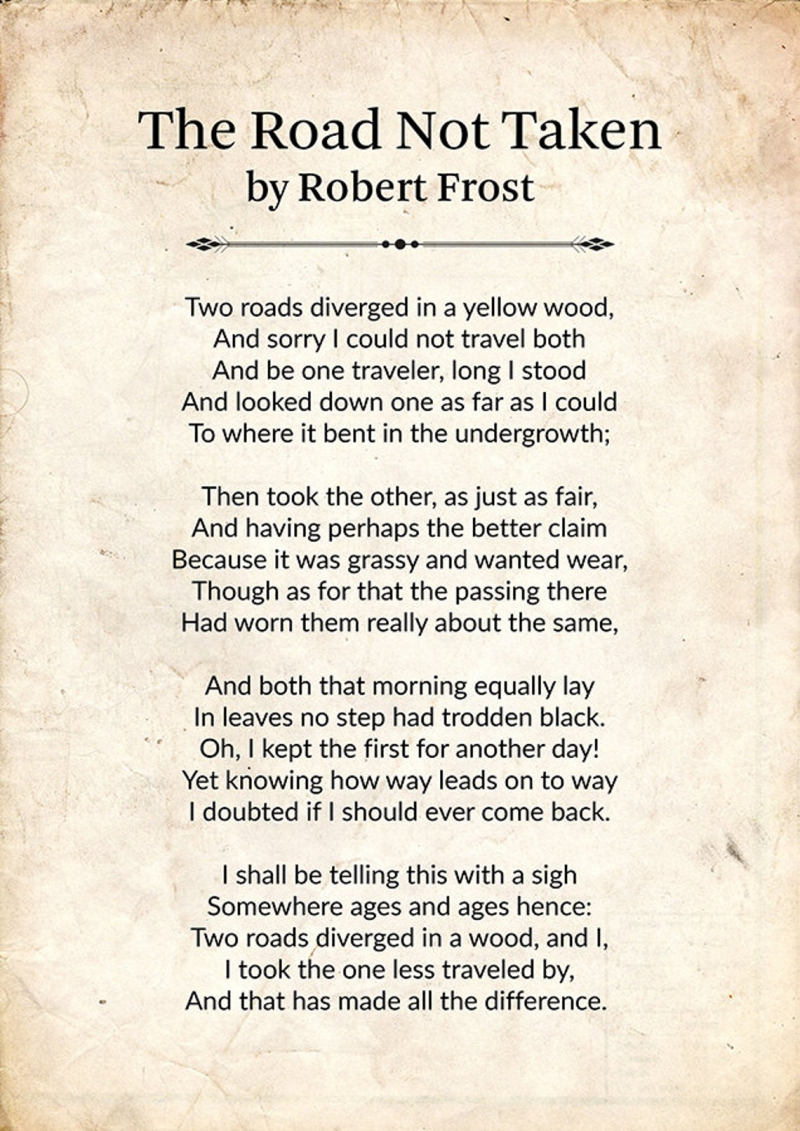
Source: Etsy 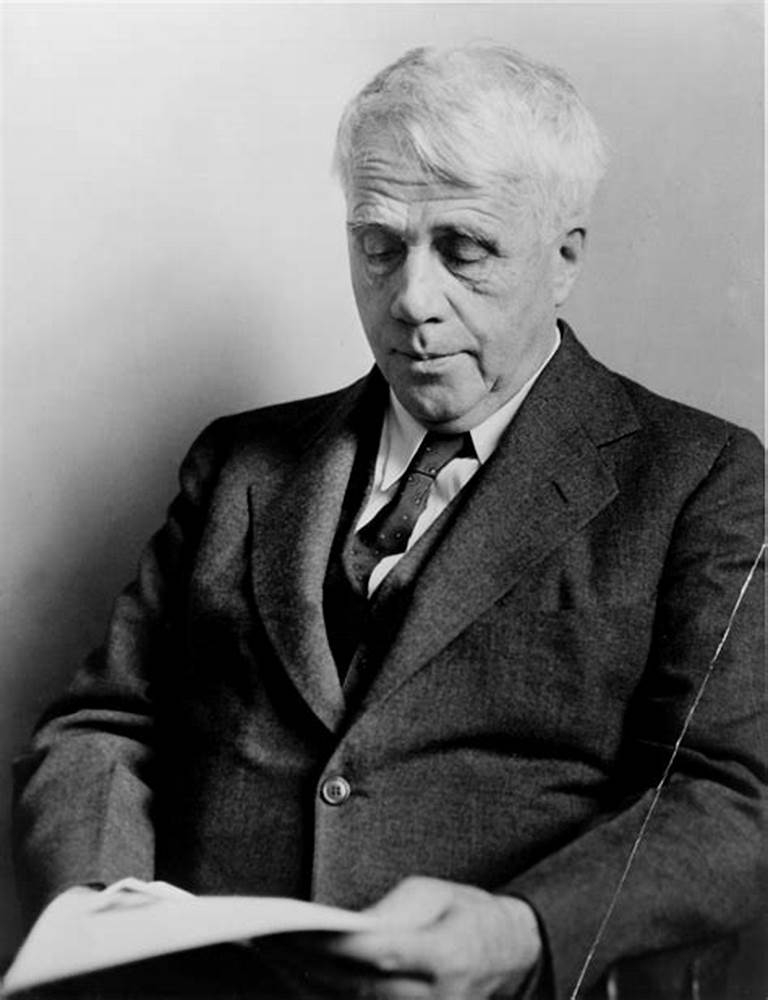
Source: kidskonnect.com












